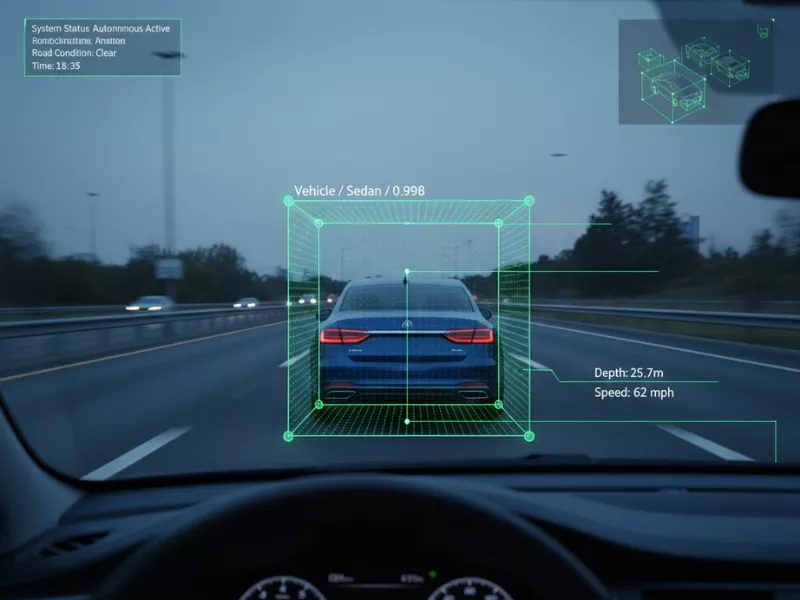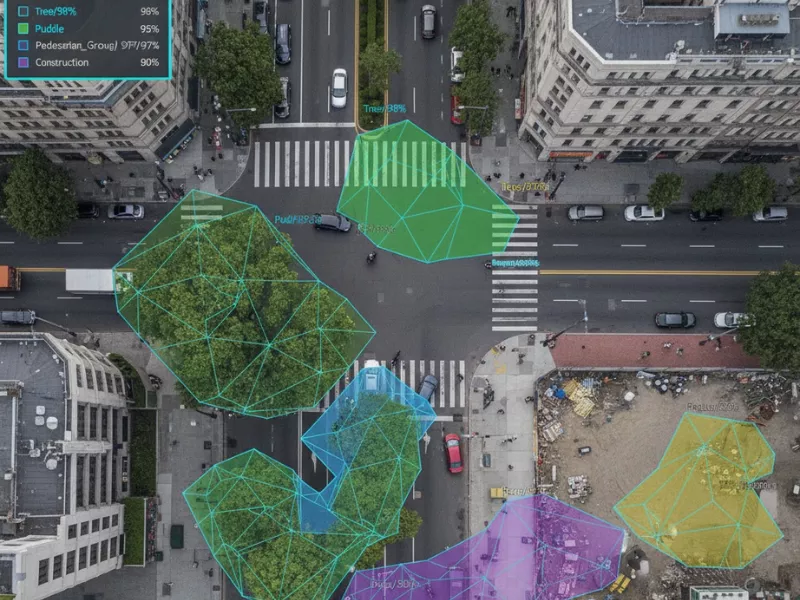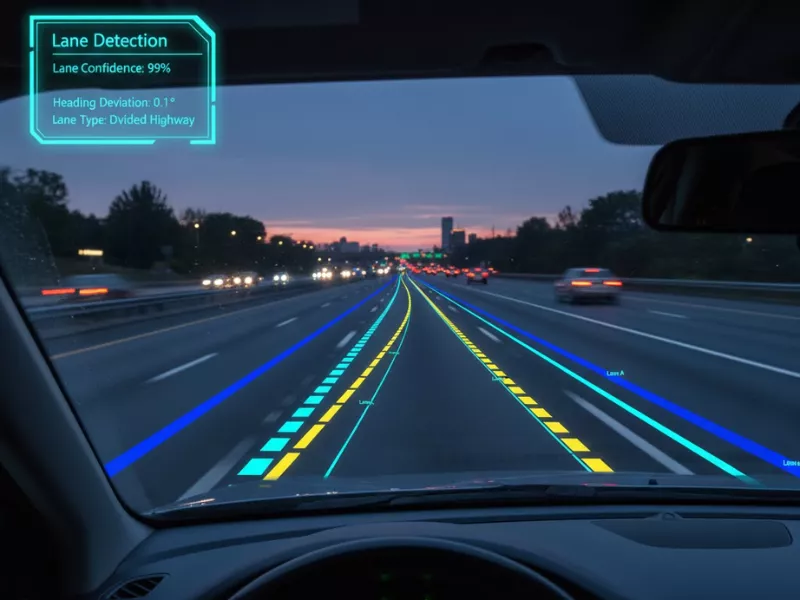Datasets for Self Driving Vehicles: Improving AI for Autonomous Vehicles
What Are Datasets for Autonomous Vehicles?
Datasets for autonomous vehicles can be defined as large collections of sensor data and annotations that are used to train and test self-driving algorithms. The datasets include sensor data like cameras, LiDAR, and radar, along with metadata, like annotations for object detection, semantic segmentation, and high-definition maps.
AnnotationBox can help you get accurate datasets for computer vision used in self-driving technologies. Get in touch with us to get accurate training datasets for your computer vision models.
Data Annotation Techniques for Self Driving Vehicles
We use different techniques to create AI training data for self-driving or electric cars. Here’s a look at the different techniques we use:
Bounding Box for Object Detection
Bounding box annotation is used to create points of reference for object detection. The technique is used to draw bounding boxes over images. In addition to using them as points of reference, they are also used for outlining objects of interest with well-defined coordinates within each image.
3D Cuboid Annotation
3D cuboids are used to distinguish vehicles, pavement, pedestrians, etc. Annotators draw a cube over an object or 2D images to obtain 3D perspectives on height, width, and depth. Further, we ensure that the annotation is done properly and provide the necessary training data for self-driving vehicles.
Semantic Segmentation for Image Classification
The semantic segmentation technique helps AI-based perception models to classify and detect objects of interest properly by segmenting and delineating an image into a region. We also ensure the training datasets to train such AI-based perception models for the smooth functioning of self-driving systems.
3D Point Cloud for LiDAR (Light Detection and Ranging)
The technique is also known as 3D LiDAR annotation and is used for labeling, visualization, and tracking. Further, we use the necessary annotation tools to ensure the process is done properly and you get accurately annotated data.
Polygon for Irregular Shapes
The polygon annotation technique helps autonomous vehicles recognize polygon-shaped objects. Our team of vetted annotators ensures proper and accurate data annotation.
Polyline for Lane Detection
We use the polyline annotation technique to define directions, divergences, and sidewalks. These help make self-driving cars recognize streets better. We use tools and human annotators to ensure accurate results for fully autonomous cars.
Why Businesses Trust AnnotationBox for Self-Driving Technologies?

Reasonable Prices
Avail our services to get annotated data at reasonable prices. Share your requirements to get a free quote for AI training datasets.

Dedicated Project Managers
We assign a dedicated project manager for each project. They will share regular updates, clarify all your doubts, and also help you stay on track.

Timely Delivery
We never delay any project. Hire us for the timely delivery of annotated data necessary to train self driving vehicles.

24/7 Support
Contact us anytime for an update or to start a consultation for Automobile automation. We are available 24/7 to cater to your queries and help you with everything.

Tailored Solutions
Specify what you need with your driverless cars. Be it developing data for automatic emergency braking or anything else, we will deliver tailored solutions to you.

Data Security
Annotation Box is a GDPR compliant company and ensures that your data is completely safe and secure. Fill out the form to get a free consultation today!
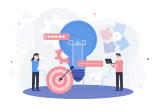
95% Accurate Annotations
We can guarantee 95% accurate solutions to all autonomous technology companies working on self-driving cars. Ask us for a sample data before the final project.

Annotating All Types
Get annotations for all types of data, image, video, audio, and text from us. We use the right techniques and have expert annotators to ensure proper annotation.
Understanding the Data Annotation Applications for Autonomous Vehicles
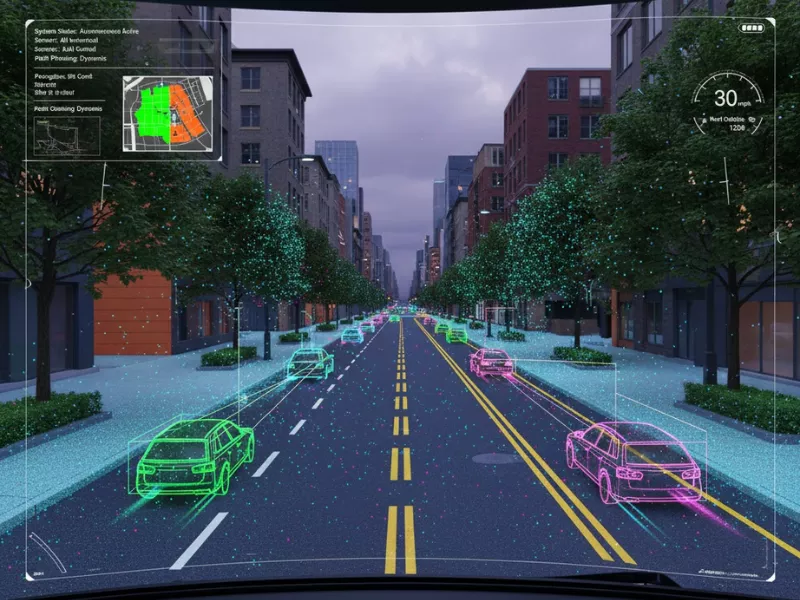
Environmental Perception and Navigation
This is a fundamental application necessary to train the AI of full self-driving cars. It enables the cars to see and understand their surroundings. Techniques used to annotate data for environmental perception and navigation are 3D cuboids and semantic segmentation. We also use sensor fusion annotation for correlating data across different sensor types for accurate 3D tracking.

Regulatory and Safety Compliance
Data annotation for autonomous vehicles also ensures that the vehicle operates legally and safely within the required parameters. The primary focus is to label data precisely for traffic safety administration and signals for correct classification and rules interpretation. Further, polyline annotation is used to improve safety features and ensure the cars understand lanes, road edges, and curbs.

In-Cabin Monitoring and Driver Assistance
Keypoint and landmark annotation detect signs of fatigue, distraction, and drowsiness. Additionally, bounding boxes can verify seatbelt usage and identify the presence of children or pets for appropriate safety system deployment.

Raw Sensor Data Annotation
The process involves annotating data from non-visual sensors. This is crucial for redundancy, most importantly in adverse weather or poor visibility. The radar data needs specialized annotation, including velocity vector/direction tagging, for tracking speed and angle of detected objects.
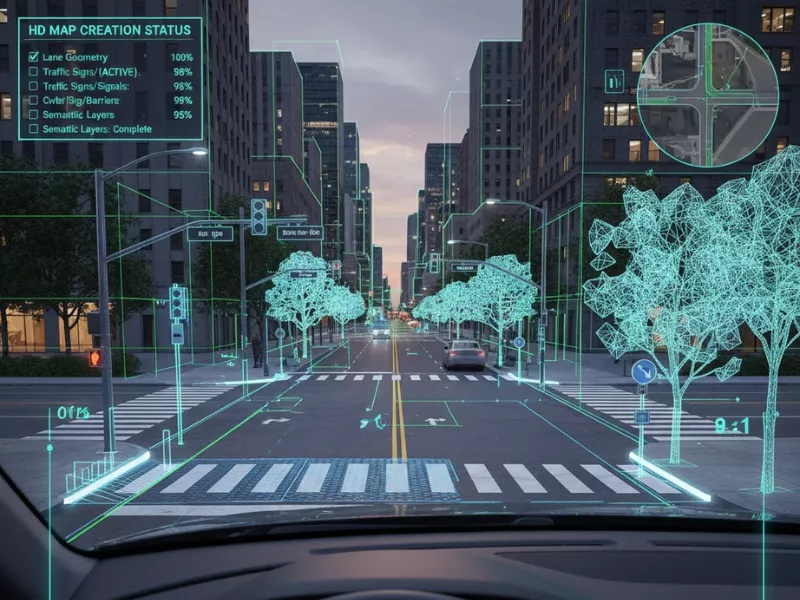
High-Definition Mapping (HD Map Creation)
Annotation for HD maps helps create the precise, static digital environment necessary for vehicle localization and advanced planning. The annotation process needs proper labeling of static infrastructure elements, like utility poles, traffic sign poles, and curbs, using polygons and attributes.

Complex Behavioral Prediction
This is an advanced application that goes beyond simple object detection to understand what an object might do next. Trajectory annotation is used for drawing the anticipated future paths of pedestrians and vehicles. Action/intention classification is also used to tag if a pedestrian intends to cross or a car intends to turn.
How to Avail Our Data Annotation for Autonomous Vehicles Services?
1. Requirements Consultation
The first step is to review your requirements:
➤ We work with your team to understand the specific objectives and technical requirements
➤ In this step, we define the complete list of target object classes and attributes
➤ We determine the most appropriate annotation techniques for data annotation, once the complete list is decided
➤ We establish the necessary annotation guidelines for annotating the data to train AI models for automated vehicles
2. Sample Data Annotation
Once the guidelines are set, we work on annotating a sample data before moving to the next step:
➤ We use specialized tools for applying labels to complex sensor data
➤ We send the sample data annotation for your review
➤ You can check and share your feedback for us to incorporate into the final project
3. Approval, Payment, and Final Project
As soon as you approve the sample data, you can make the payment to get the final project:
➤ We use a hybrid approach for data annotation at scale
➤ Our expert annotators review the annotated data to ensure accuracy
➤ We deliver the final training dataset on time
4. Final Delivery and Feedback Integration
The final step is when we share the final project with you:
➤ We deliver the project and ask for feedback
➤ We work with you continuously to integrate your feedback
➤ We also review the data to improve the quality of the data
How We Helped Autonomous Vehicle Companies: Success Stories
Training Autonomous Vehicles with High-Quality Video Annotation
…
We provided custom annotation workflows for urban, highway, and rural driving environments.
“After partnering with AnnotationBox for high-quality video annotation, the accuracy of our autonomous driving algorithms improved by 35%.”
– Alex M. Daniels, CEO, AutoDrive Technologies
Read the full case study
Know more
Revolutionizing Autonomous Vehicle Training Data with Annotation Box
…
We used machine learning algorithms to automate the annotation process, ensuring high precision and accuracy.
“We have successfully completed the initial review of Annotation Box’s work on our autonomous vehicle training data project and are impressed with the remarkable precision and efficiency it has brought to our data annotation process.”
– Dr. Melvin D. Roberts, Head of IT Team
Read the full case study
Know more
Frequently Asked Questions
What is a self-driving car, and how does it work with AI and data annotation?
A self-driving car is a type of vehicle that is equipped with advanced driver-assistance systems for human drivers, automation technologies, and AI to navigate and operate without direct human control. Therefore, data annotation is a critical step in the process that experts use to label objects, lanes, and various elements in sensor datasets.
Why is accurate training data essential for self-driving cars and driver-assistance systems?
Accurate training data is crucial to enable AI models in self-driving cars and automaker systems. It helps these driving systems to identify road elements, pedestrians, traffic lights, and hazards. Further, high-quality data ensures that machine learning models reduce errors, support collision prevention, and improve advanced driver-assistance features.
How do you ensure the quality, accuracy, and security of automotive datasets?
We follow rigorous quality assurance protocols, like multi-stage error checks, inter-annotator verification, and client feedback integration. Therefore, this helps ensure 95% accuracy rates. Further, we are a GDPR compliant service provider, thus ensuring the datasets are confidential and that they meet privacy standards.
Can you handle a large amount of data for self-driving cars?
Yes, we use AI and human annotators to annotate a large amount of data for self-driving cars. So, you can trust us with any amount of data and get accurate annotations.
Do you offer video and real-time data annotation for autonomous vehicle testing?
Yes, we offer comprehensive video annotation services necessary for autonomous or electric vehicle testing. Further, the real-time video annotation ensures that the autonomous systems can navigate dynamically changing environments accurately and safely during testing and development phases.
How can AnnotationBox customize annotation solutions for specific autonomous driving technology needs?
We tailor our annotation solutions by collaborating closely with the clients to understand their specific safety technology requirements and AI objectives. We also adapt guidelines for specialized applications, like automated emergency braking, driver monitoring, or high-definition mapping for such vehicles.


